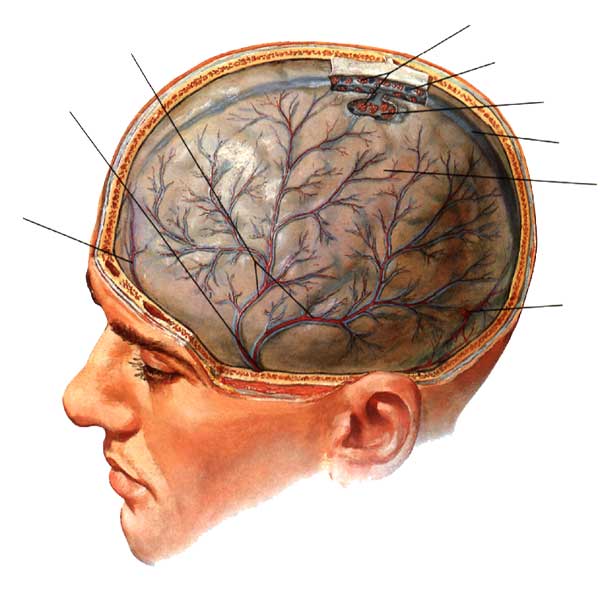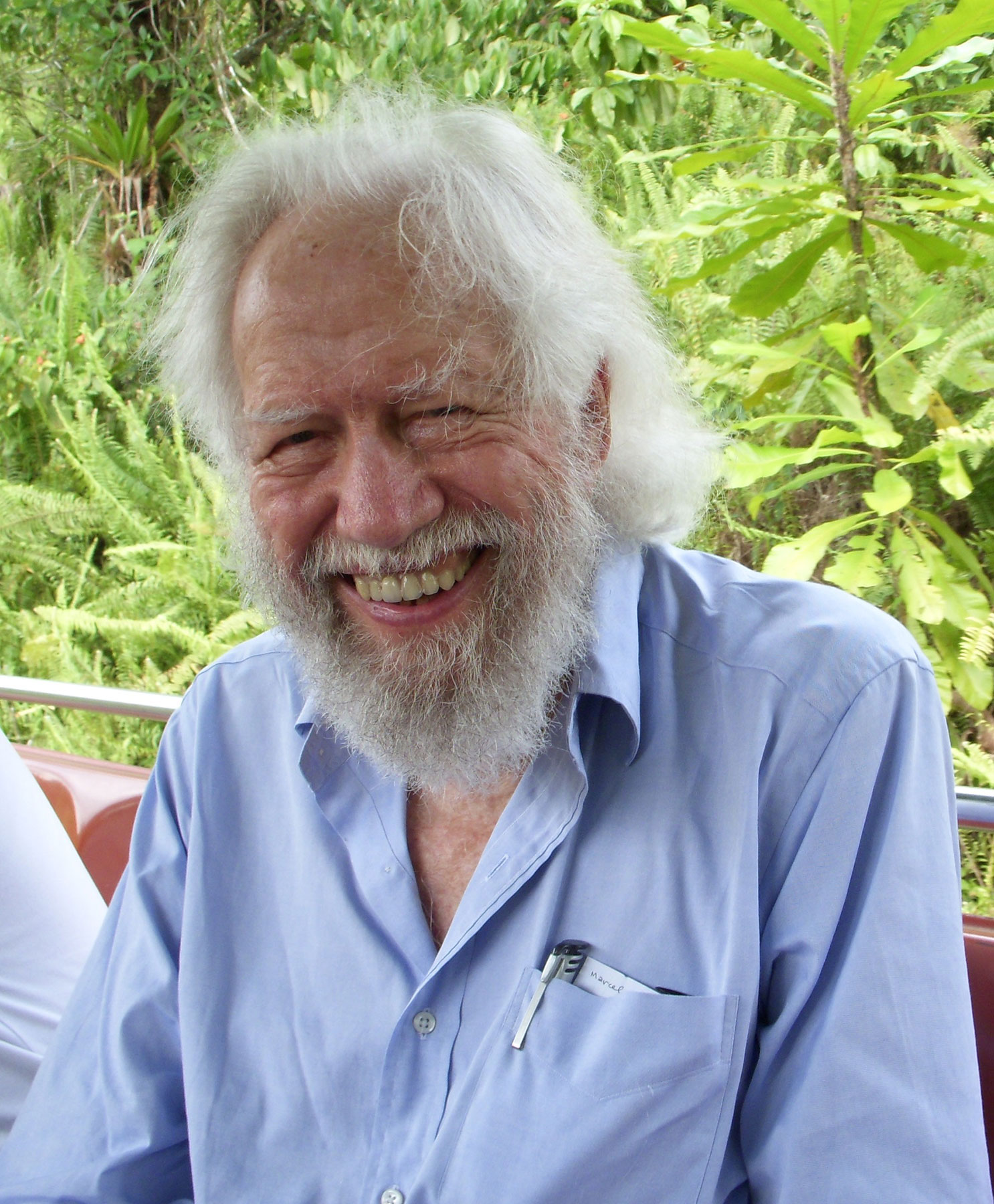A Social History of the Minor Tranquilizers: The Quest for Small Comfort in the Age of Anxiety
Mickey C. Smith, Ph.D.
This study of cultural issues surrounding the development of tranquilizers since the 1950s is unusual in that it was written by a pharmaceutical “insider,” and with a tone of political cautiousness. While it is interesting to read a book on this subject without an obvious feminist or anti-psychiatry point of view, the downside is that the author seems so careful not to weigh in on the pro or con side of the tranquilizer question that he often presents a litany of conflicting papers written by others (whose credibility and viewpoint is not available to the typical reader) and seemingly presents as little of his own editorial, synthesizing voice as possible. (The style of this book may be due to its presumed academic or professional audience.)
That being said, this wide-ranging book presents a wealth of data. Subjects covered are: the typical cycle of professional and public reactions to new “miracle drugs”; the problem of defining and diagnosing anxiety; a chronology of the development of psychopharmacology through the 1970s; prescribing and utilization patterns; history of mass media coverage of tranquilizers; the information flow to doctors, including the professional press and pharmaceutical advertising; social issues such as the medicalization of human problems and the imbalance of tranquilizer use between men and women; doctors' prescribing dilemmas; and a particularly interesting chapter on the history of regulatory efforts by the FDA and other agencies with transcript extracts from the famous Kefauver hearings and other proceedings. Note: Selective serotonin reuptake inhibitors are not discussed in this book, which came out three years before Prozac.
MH
Publisher: Haworth
Paperback: 266 pages
Illustrated


